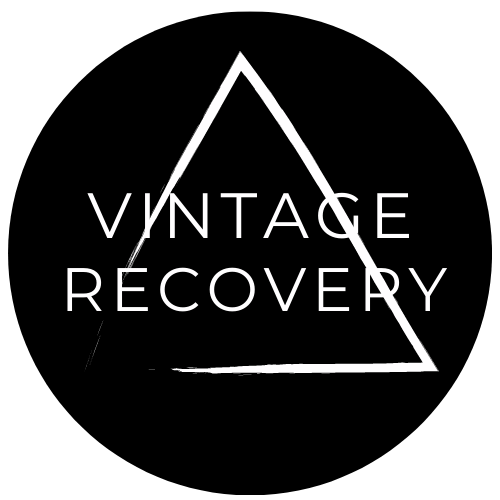
The Pros and Cons of Shopping for Vintage Clothing
Share
In a world dominated by fast fashion and ever-evolving trends, many individuals are turning to vintage clothing as a sustainable and unique alternative. Shopping for vintage pieces allows fashion enthusiasts to uncover treasures from the past, but it comes with its own set of advantages and drawbacks. Let's dive into the pros and cons of indulging in the timeless allure of vintage fashion.
Pros:
-
Unique Style and Individuality: Vintage clothing offers a distinct style that sets wearers apart from mainstream fashion. Each piece tells a story and adds a touch of individuality to the wearer's wardrobe.
-
Sustainability and Eco-Friendliness: Choosing vintage is a sustainable choice. By recycling and reusing clothing, consumers contribute to reducing the environmental impact associated with the production and disposal of fast fashion items.
-
Quality Craftsmanship: Vintage garments often boast high-quality craftsmanship and durable materials. Many older pieces were made to last, contrasting with the often disposable nature of contemporary fashion.
-
Affordability: Vintage shopping can be more budget-friendly than purchasing new designer items. Bargains can be found at thrift stores, charity shops, and online platforms, allowing individuals to build a unique wardrobe without breaking the bank.
-
Nostalgia and Historical Connection: Vintage clothing allows wearers to connect with different eras, evoking a sense of nostalgia. Wearing a piece from the past can be a way to honour and appreciate the history and cultural significance of fashion.
Cons:
-
Limited Size and Availability: Finding the perfect fit can be a challenge when shopping for vintage clothing. Sizes and cuts from previous decades may not align with contemporary sizing standards, making it harder to find items that fit well. However, the hunt is the fun part and remember that sizes were a lot smaller a few decades ago, so don't get to hung up on what the size says, where what fits. If buying online, always check the measurements.
-
Wear and Tear: Vintage clothing may show signs of wear and tear, such as fading, stains, or damage. Repairing or restoring these items can be time-consuming and may require additional costs. However, there are some cost effective ways to do this, such as dying, de-bobbling and reworking.
-
Time-Consuming Search: Locating the perfect vintage piece requires time and patience. It often involves scouring multiple stores, online platforms, and markets. This aspect of the hunt may not be suitable for those with a busy lifestyle. However, nowadays there are so many ways to purchase vintage, that this is a lot easier to do.
-
Hygiene Concerns: Second-hand clothing can sometimes raise concerns about hygiene. Vintage items may need thorough cleaning, and some individuals may be uncomfortable wearing clothing that has been previously owned. If this is the case, then get yourself good cleaning products or buy from vintage sellers that per wash their items first.
-
Trend Limitations: While vintage pieces offer a unique style, they may not always align with current fashion trends. Those who prefer staying on-trend might find it challenging to build a wardrobe solely from vintage finds. If you are solely looking for on trend items then the resale websites such as Depop and Vinted would be ideal for you.
Shopping for vintage clothing is a delightful journey into the past, offering a blend of style, sustainability, and historical connection. However, it's essential to weigh the pros and cons to make an informed decision that aligns with personal preferences and lifestyle. By considering these factors, individuals can embrace the charm of vintage fashion while navigating the challenges that come with it.
